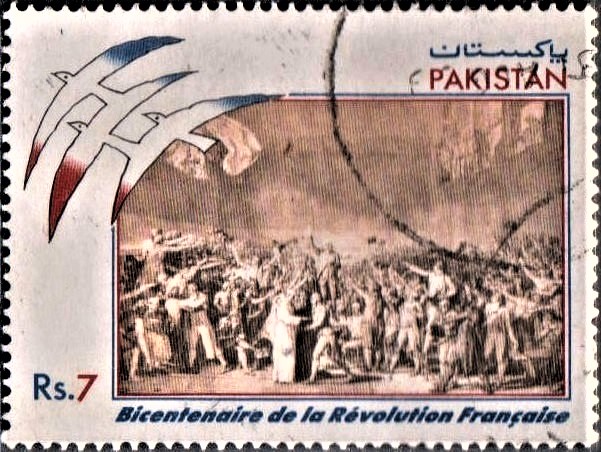
Pakistan on French Revolution
A commemorative postage stamp on the Bicentenaire de la Révolution Française – Bicentenary of the French Revolution :
 Issued by Pakistan
Issued by Pakistan
Issued on Jun 24, 1989
Issued for : To commemorate the Bicentenary of the French Revolution Pakistan Post Office is issuing one stamp of Rs. 7/- denomination on June 24, 1989.
Designer : Adil Salahuddin, Chief Designer, PSPC
Type : Stamp, Postal Used
Denomination : Rs. 7/-
Colour : Multi colour
Size of Stamp : 50 x 37 mm
Size of Print : 46 x 33 mm
Perforation : 13C
Quantity : One million
Number of stamps in a sheet : 48 (forty eight)
Process of Printing : Litho Offset
Printer : Pakistan Security Printing Corporation
About :
- More than any other event of the last two centuries, the Revolution has been responsible for making France what it is today. That is what the Bicentennial is all about.
- France’s administrative system, her national emblem (the tricolor flag) her national holiday (July 14), her national anthem (the Marseillaise) and even the lady with the red cap, (a descendant of the figure of Liberty) are all part of the French Revolution’s familiar legacy.
- Most of France’s present legal and political tenets, too, date from the French Revolution; the notion of national sovereignty, individual liberty for those who comply with law and the concept of fraternity.
- Everyone takes these things for granted now, but they were hotly disputed at that time. The year 1789 opened an era of internal strife whose result has been a distinctive political style that also belongs to the legacy from those times.
- The French revolutionaries felt that their ambition was a universal one. In their Declaration of the Rights of Man and the Citizen of August 28, 1789, the members of the Constituent Assembly had all of humanity in mind. Subsequently the same optimism spread to members of the intellectual elite elsewhere in Europe who viewed the events taking place in France as an example rather than a threat.
- The French Revolution of 1789 was a torch bearer. The revolutionary decade led to a progressive movement that brought along hope to the humanity in general for a better and civilized world.
- The 1776 Declaration of Independence had been the first to mention man’s right to happiness; the French Revolution was the first political movement in Western History to include it among its programme.
- No text was ever more widely read nor more effective for purposes of revolutionary propaganda abroad than the 1789 Declaration of the Rights of Man. It was brief and consisted of seventeen articles that amounted to a veritable ‘modern gospel’ in the eyes of French patriots. Both spontaneous propaganda (in the theatre and foreign press) and the orchestrated kind (via the army and subsidized newspaper) contributed heavily to the impact this universally valid text had in Europe and elsewhere.
- In his study of the Declaration of Rights’ the historian Jacques Godechot pointed out that though the text often ran into opposition from authorities elsewhere, it enhanced France’s stature all over the world. Town like Strasbourg near the German border turned to printing and distributing these basic revolutionary texts; speakers in various assemblies pointed out that the Declaration of Rights was worth more than whole artillery battalions in the struggle against enemy forces, and foreigners who agreed with the tenets of 1789 promulgated them in their own countries – men like Thomas Paine with his Rights of Man and his conservative contemporary Edmund Burke in Reflections on the Revolution in France. On August 28, 1792 the people’s representatives in the Legislative Assembly sought to hail Paine as an ‘apostle for the Rights of Man’.
- The Rights of Man are at the very core of the festivities held in commemoration of the French Revolution’s Bicentennial. The Arche de La Defense monument in Paris will stand as the symbol of the 1989 commemoration. Just as the Eiffel Tower still bears witness to the ceremonies held for the 1889 Centennial and Exposition Universelle, this arch will celebrate the rights of man and may, in years to come, serve as a reminder of the principles of 1789.
- From the many projects for temples of Liberty, palaces of Equality and other monuments in honour of civic virtues that were the work of revolutionary architects, to the sober elegance of the Arche de La Defense, runs a thread that testifies to unmistakable kinship of the French people with the spirit of 1789.
- (Based on an article written by Monsieur Maurice Agulhon Professeur au College de France, Paris).
- Issued by The Director General, Pakistan Post Office Department, Islamabad.


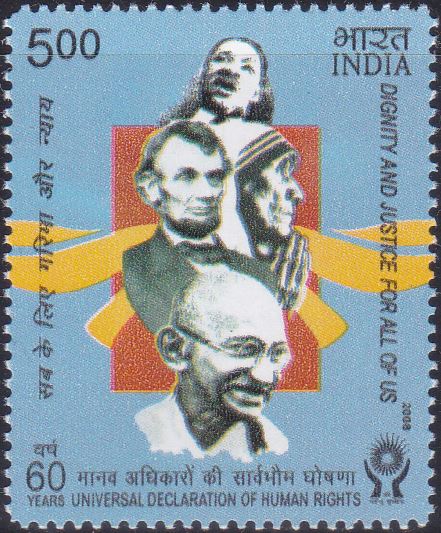
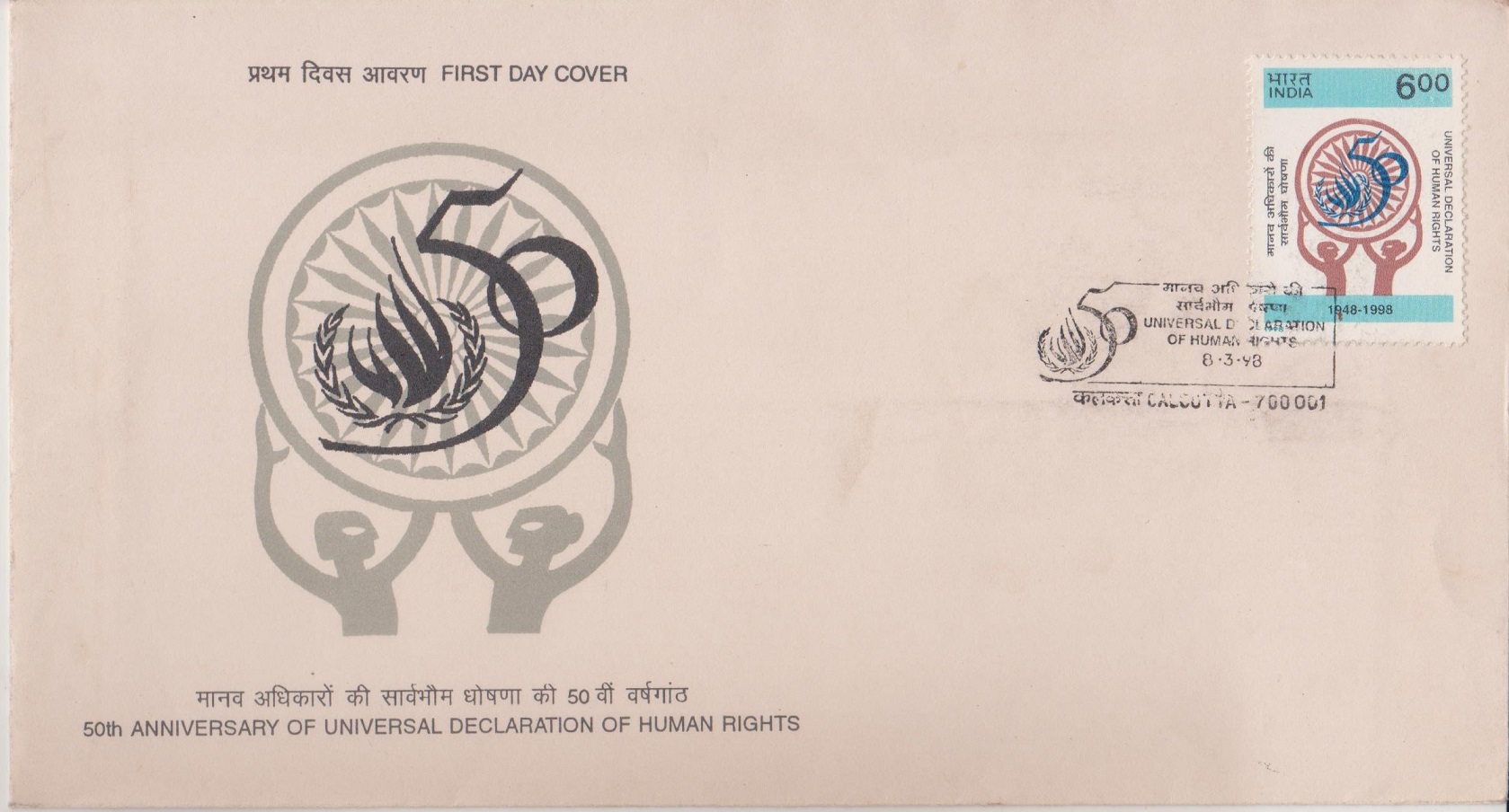

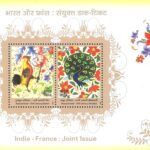
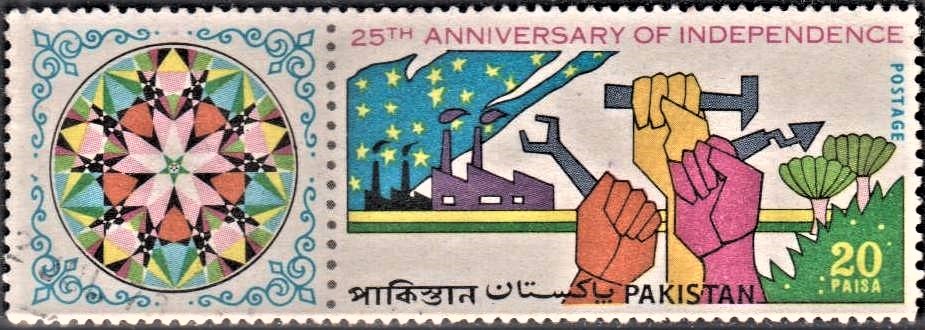

To the istampgallery.com administrator, Thanks for the educational content!
[…] was founded in the year 1818 by Mille Claudine Thevenet in Lyons, France. In the aftermath of the French Revolution many young children became orphans. The Congregation of Jesus & Mary wanted to reach out to the […]
[…] inspired by the ideals of the French Revolution and the works of Rousseau and Montesquieu, he left Vietnam in 1911 in search of the right course of […]
[…] to the age of the French Revolution and Napoleonic era, he basically acquired a republication disposition. But partly because of the […]
[…] Jaychandra Vidyalankar made an exhaustive study of history, economics and politics. Works on the French Revolution, the American Revolution and the Italian Revolution were studied by him with passion. His […]